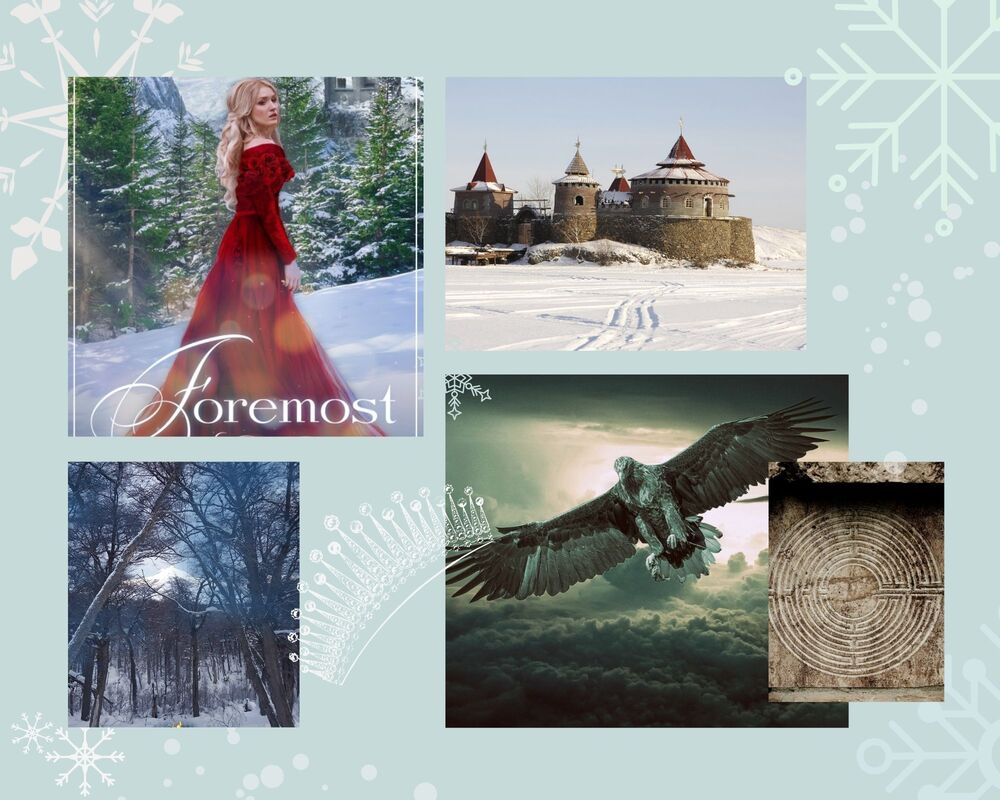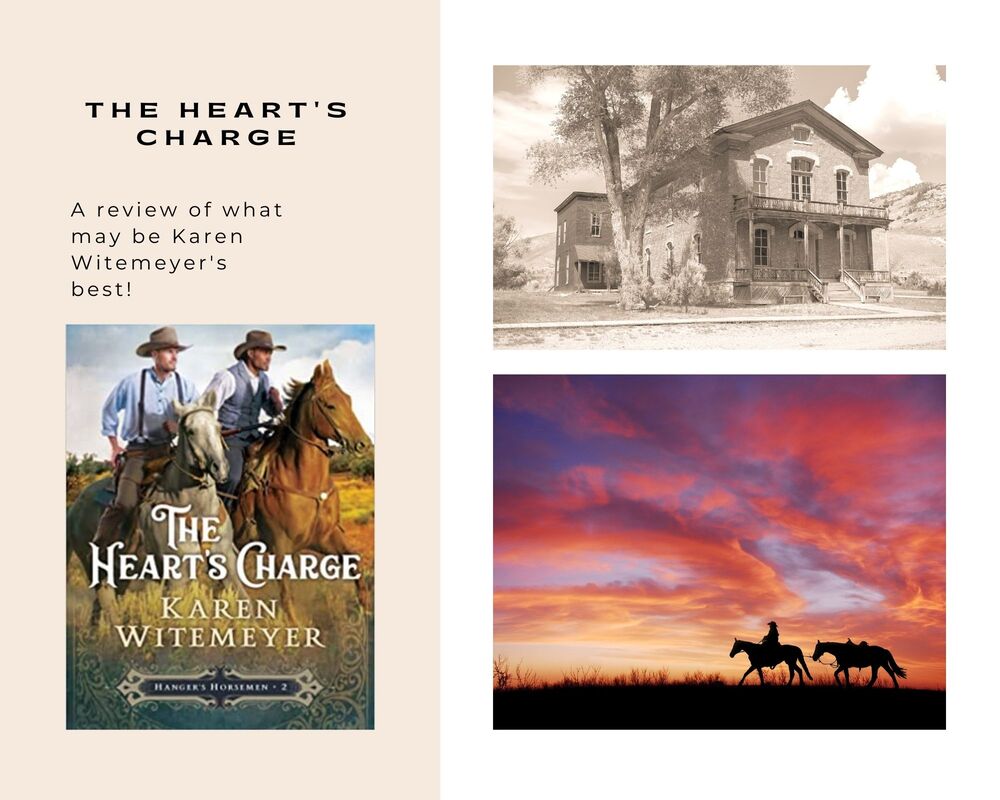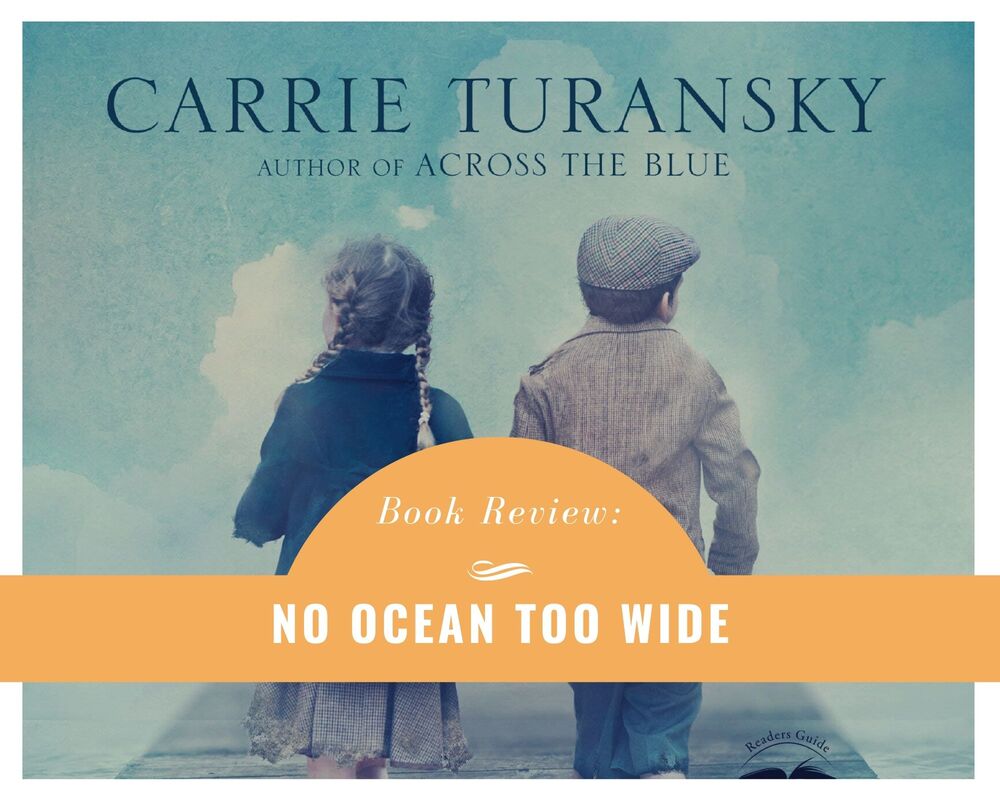|
It seems like every time I’m reading a series, I tell myself to wait until I’ve finished all of them to write any reviews, and every single time, I’m unable to wait! That’s why I’m reviewing book two of Judy Hedlund’s Lost Princesses Series #2: Foremost. Even though I haven’t finished the series, I loved the book so much, I just had to go ahead and share it with you! Typical of me, I know.
This series is about, as you can tell, lost princesses. There was an evil coup in the kingdom of Mercia in which the beloved King and Queen were murdered. Their daughters, however, were spirited away and hidden. This series is about the search for these princesses and what happens when each young woman realizes her royal heritage. Book one is about Adelaide, the true heir to the throne of Mercia. This book, the second one, is about one of Adelaide’s sisters. Maribel has lived her entire life in a secluded abbey and assumes she will one day take her vows to be a nun and healer. However, all that changes when a mysterious visitor arrives at the hidden abbey to reveal that Maribel is one of the lost princesses. Maribel is forced to flee the home she has always known in the company of her childhood friend, Edmund, who is secretly in love with her. Edmund was a wonderful romantic hero. Raised by nuns like Maribel after his noble parents were murdered in front of him during the coup, he is a gentle young man and a bit shy. Not that he’s weak, however. A mysterious and quiet man who acts as a guardian at the abbey has taught him how to fight. (I’m being vague because I don’t want to reveal too much!) He also knows how to train animals and communicate with them, especially his beloved pet eagle. This eagle is no ordinary bird, however. It reminded me a bit of the eagles in Lord of the Rings. Which brings me to another aspect of this series. Even though they are faith-based, there is also a touch of fantasy in these books. In this one, for instance, there is a labyrinth with monsters and giant spiders. Many of the adventures that Maribel and Edmund face are rather frightening at times, and at others they are downright terrifying. In a few instances, the violence is rather graphic. So if you’re a parent, be aware of that. These are marketed as young adult fiction, and since they are Christian, I wouldn’t want the violence to take anyone by surprise. I don’t think they are inappropriate by any means, just be aware if you have a sensitive kid. As for the romance, Edmund had me swooning with his care and devotion to Maribel. However, I wanted to shake Maribel constantly! She seemed to be so confused about her feelings, and at times it felt like she was stringing Edmund along. Plus, she would think things like, “why do I like kissing him so much?” Um, because you love him, you idiot! I don’t mind the characters in romances being idiots for a while, but with Maribel, it dragged on a little too long for my taste. I felt so sorry for poor Edmund! Overall, however, I love this series with its unique mix of fantasy and faith. I look forward to meeting the final lost princess in Hereafter!
0 Comments
I was so excited when I saw Karen Witemeyer’s second book in her Hangar’s Horsemen series on the new book display at my public library. However, like I always say, “too many books and too little time.” I wasn’t able to snatch the book up right then and there (though I was tempted to).
The Heart’s Charge was worth the wait, however. Like the first book in the series, this was a departure for Witemeyer in that it had a male protagonist rather than a female protagonist. Or rather two male protagonists. Jonah and Mark, featured in the first book, are the leading characters of this story. They are not your stereotypical cowboy heroes. Each has a unique personality that shines through. The book opens dramatically with a desperate pregnant widow threatening to shoot the two men. They manage to talk her down from committing violence against them and Mark ends up delivering the baby. If you’re expecting a romance to develop here, you’re only partly right. Mark does fall in love, but not with the desperate widow. He falls hard for the tiny baby he delivers, and my heart melted for Mark right away. This surprised me after Mark came across as a bit flirty and egotistical in the first book. However, this second book reveals why Mark puts on that facade. The widow in question is severely depressed and has no interest in caring for the baby, so Mark and Jonah take the baby to a nearby orphanage. It’s run by Kate, a former flame of Mark’s, and Eliza. Kate and Eliza’s friendship was another lovely part of the book. These two women were bound and determined to be spinsters running the orphanage - and then these two cowboys show up on their doorstep with a baby. The women have every intention of sending these men packing, but Hanger’s Horsemen have taken an oath to stand up and fight for those in need of justice. When they find out that orphaned children are being kidnapped, they decide to stay and protect the women and the children in their care. Whether Kate and Eliza think they need it or not. In the first book, I appreciated Witemeyer’s honest portrayal of the massacre at Wounded Knee and the way that Matthew, Jonah, and Preach were haunted by it. In a similar way, this book tackles the issues of racial inequality in a sensitive and historically accurate way. Eliza, whose father was her mother’s white slave owner, has a storyline that is especially poignant and heart-wrenching. Witemeyer told her story of being rejected by both sides of her lineage in such a heartbreaking way that it brought tears to my eyes. It was also heartbreaking when Jonah feels unworthy of the children’s hero worship when they discover he was a Buffalo Soldier. He hesitates to tell Eliza, whom he is falling for, that he was a part of Wounded Knee. So many Christian fiction books gloss over the ugly parts of life in the “wild west,” but this book faces them head on. However it never comes across as a Sunday school lesson. Instead, the characters have depth and their stories feel real. I truly think this is one of Witemeyer’s best!
I have been discovering so many new authors lately, and I now have to add Carrie Turansky to that list! No Ocean Too Wide has been on my TBR for a while now, but I worried it would be too heavy during this time of a pandemic, riots, and political upheaval. However, I found that while it portrayed strife and difficulties, it also resonated with hope.
This book is historical fiction, and it told a story from history I knew nothing about. I had never heard of the British Home Children program which relocated thousands of poor British children to Canada and other British colonies from about 1870 to 1930. Most of the children were orphans, but unfortunately, many were taken from their families due to corruption and a broken bureaucratic system. Even worse, while some were taken in by loving families, most became little more than slaves working as domestics and farmhands. This book tells the story of three children taken from a loving yet impoverished home through this broken system. Their eldest sister, Laura McAlister, will stop at nothing to get her siblings back, even if that means telling an elaborate lie in order to get passage across the ocean to Canada. The book mainly focuses on Laura and the second sister, Katie. This is the beginning of a series, however, called The McAlister family, so I am expecting to read more about the other two siblings - Garth and Grace - later on. Katie’s story was especially heart breaking, and I was on the edge of my seat, terrified that Laura wouldn’t find her in time! I also cried many tears over Katie’s story. There is also some romance in this book, though I wouldn’t say it is at the forefront of the story. I loved Andrew Fraser, the romantic lead. He and Laura would just miss each other at times and inevitably misunderstand one another. Like I always do, I wanted to reach into the book and force them to have a conversation. However, the author didn’t draw it out unnecessarily. It was the perfect amount of tension for the romance to work, and Laura’s hesitancy made perfect sense considering her back story. My only critique of this book was that the ending seemed a little abrupt. However, there is a sequel, so that may be why. Overall, I highly recommend this book and eagerly await reading the rest of the series! |
Melanie TillmanI am a former English teacher turned homeschool mom of three who writes Christian romance novels on the side. You know, in my huge amount of spare time. Archives
August 2022
Categories
|





 RSS Feed
RSS Feed
